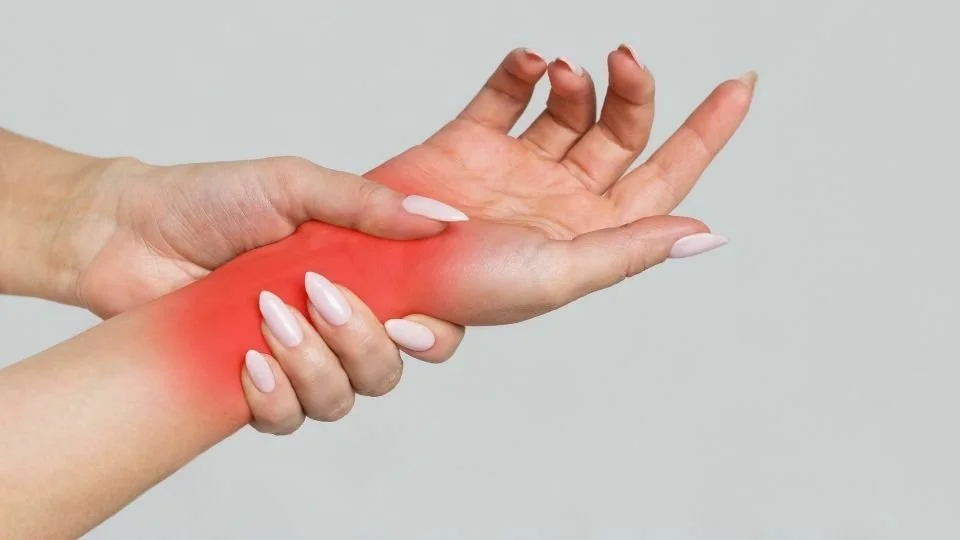There is much controversy in the physical therapy community surrounding which type of treatment(s) are the most beneficial. Those who believe exercise and motor control hold the key to understanding pain tend not to use manual therapy in their practice. I strongly believe that manual therapy has an important place in physical therapy treatment.
Manual physical therapy is a hands-on approach therapists use to diagnose and treat musculoskeletal and neuromuscular conditions. While traditionally focused on the musculoskeletal system, emerging research suggests that manual therapy also influences the nervous system.
Understanding Manual Physical Therapy:
Manual physical therapy involves skilled hands-on techniques such as visceral manipulation, mobilization, and manipulation. Therapists apply these techniques to muscles, joints, and soft tissues to alleviate pain, improve mobility, and enhance function. By targeting specific areas of the body, therapists aim to restore balance and promote healing.
Manual physical therapy can affect the nervous system through several mechanisms:
Pain Modulation: Manual therapy techniques stimulate mechanoreceptors in the skin, muscles, and joints, sending signals to the brain that can override pain sensations. This can lead to pain relief and improved tolerance to movement.
• Neuroplasticity: Repetitive manual therapy interventions can induce changes in the brain's structure and function, a phenomenon known as neuroplasticity. By altering neural pathways, manual therapy can enhance motor control, coordination, and proprioception.
• Autonomic Regulation: Certain manual therapy techniques, such as gentle joint mobilizations and rhythmic movements, can activate the parasympathetic nervous system, promoting relaxation and reducing stress levels. This can have a calming effect on the body and help alleviate symptoms associated with conditions like anxiety and chronic pain.
• Sensory Integration: Manual therapy interventions provide tactile input to the nervous system, helping to improve sensory processing and integration. By enhancing the brain's ability to interpret sensory information, manual therapy can improve body awareness and movement efficiency.
Manual physical therapy has been used to address a wide range of nervous system-related conditions, including:
• Chronic Pain Syndromes: Manual therapy can help manage chronic pain conditions such as fibromyalgia, osteoarthritis, and neuropathic pain by modulating pain signals and promoting relaxation.
• Neurological Disorders: Individuals with neurological conditions such as stroke, multiple sclerosis, and Parkinson's disease can benefit from manual therapy to improve mobility, reduce spasticity, and enhance overall function.
• Stress and Anxiety: Manual therapy techniques that promote relaxation and stress reduction can be beneficial for individuals experiencing high levels of stress, anxiety, or tension.
In summary, manual physical therapy offers more than just mechanical benefits for the musculoskeletal system. By influencing the nervous system through pain modulation, neuroplasticity, autonomic regulation, and sensory integration, manual therapy can profoundly affect overall health and well-being. The majority of each treatment session I provide centers around manual therapy. Part of my research examines how and why manual treatment is so effective. I am glad to be able to offer evidence-based treatment for not only pain but also nervous system regulation.









